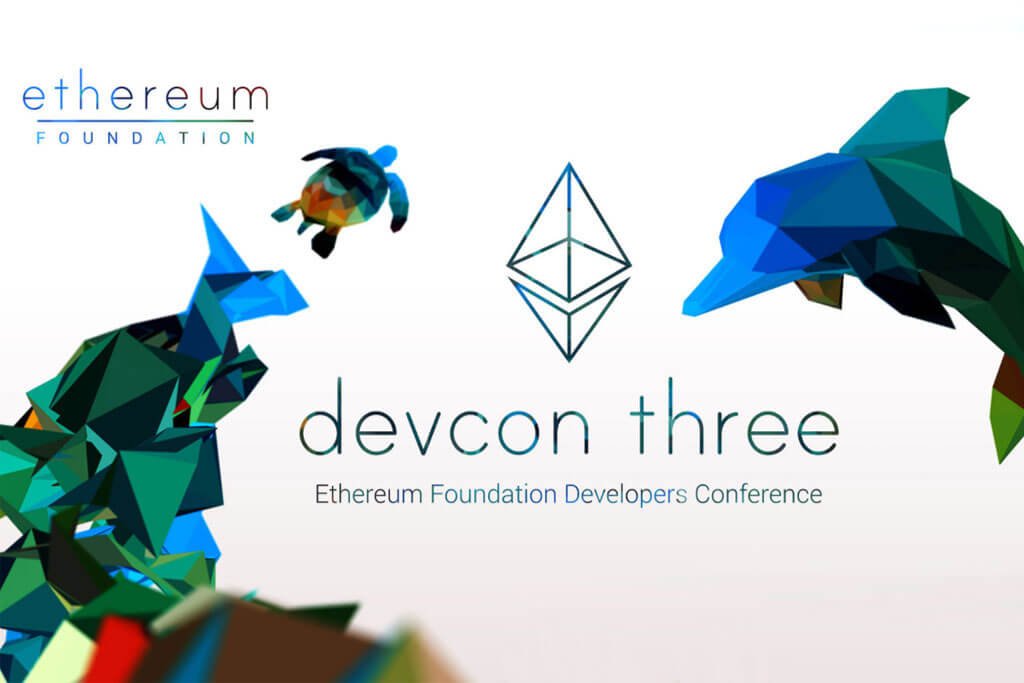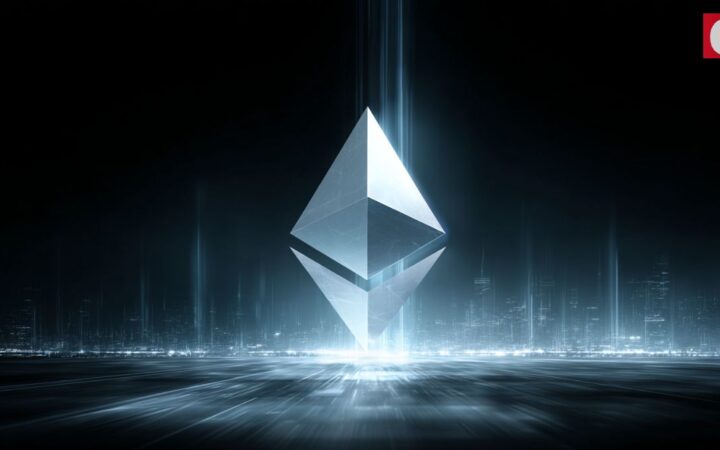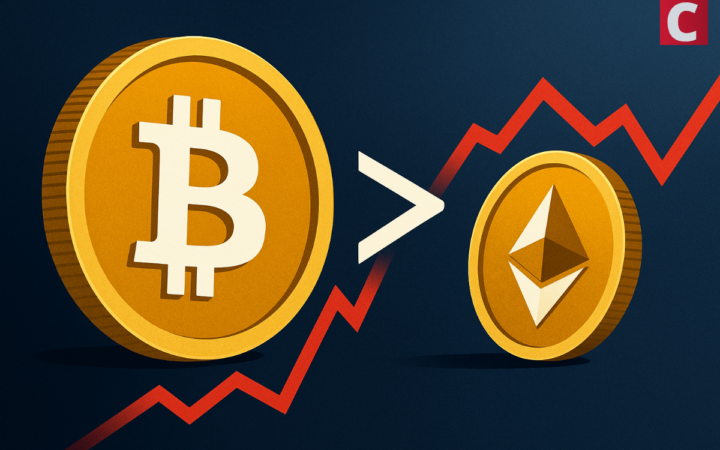Being the main author of TheBlogIsMine news portal in the past, Anastasia has significant experience in observing such fields as tech and business. Now she wants to explore a new area – FinTech. Passionate researcher on technology topics eager to know about what's shaping the future – and how to respond.
Ethereum creator, Vitalik Buterin, announced at Devcon that he had been quietly working on a new comprehensive plan fot the blockchain network, calling it a “modest proposal” which is aimed at the project’s technical development.
During the Ethereum’s flagship conference, the hacker proposed “sharding” along with other technical changes to Ethereum. He admitted that the expansion of the project would have some impact on storage costs and highlighted the need for solutions that would help mitigate such costs.
“Scalability is probably problem number one […] There’s a graveyard of systems that claim to solve the scalability problem but don’t. It’s a very significant and hard challenge. These are just known facts,” Buterin said.
He also suggested a solution which is likely to solve the problem. It involves partitioning data into subsets so that each node can store only a certain, small component of the network. The underlying mechanism would ensure the accountability of the system and, if required, nodes could rely on other nodes for data. However, this also raises the issue that nodes should send correct information to other nodes.
When speaking about these issues, the Ethereum founder proposed a new sharding infrastructure which would solve the problems with both scalability and governance. Buterin also said that one of the best options will be to split Ethereum into types of shards – the main shard comprising of the current Ethereum network, and other shards or “universes”.
As the hacker supposes, this mechanism would make to change the smaller shards, and would also bring more cautious changes on the main blockchain. This, in turn, will ensure the network’s stability, while giving room to developers to test new changes and move fast on the other shards. “Other universes where all this stuff we’ve been working on these last few years can be rolled out much much faster,” he added.
Buterin also spoke about his long-term plans, including further development on the ethereum virtual machine (EVM) which is the tech that compiles the smart contract code and communicates to the network.
As the Ethereum World News writes, the 23-year-old also mentioned that “Another project would be in-the-making-tech project, the eWASM which would make it possible to run ethereum in a web browser. On the ideas and project ‘train’, the “stateless client” hopped in as a way for users to sync faster.”
“Basically we’re just inches away from a proof of concept in python,” Buterin concluded.
Last month Ethereum blockchain founder discussed the future of the technology during a conversation with AngelList founder Naval Ravikant at TechCrunch Disrupt 2017 event. Ethereum can challenge large credit card networks and even gaming servers in the upcoming years, he said, adding that in order to compete with such giants as Visa or MasterCard, the network needs to increase the speed of transactions.
“Bitcoin is processing a bit less than three transactions per second. Ethereum is doing five a second. Uber gives 12 rides a second. It will take a couple of years for the Blockchain to replace Visa,” Buterin said.
He went on, adding that the technology can be used for gaming and other data-sensitive applications in the near future. “You could run StarCraft on the Blockchain. Those kinds of things are possible. High level of security and scalability allows all these various other things to be built on top. Ethereum is a secure base layer that doesn’t have too many features.”
Disclaimer: Coinspeaker is committed to providing unbiased and transparent reporting. This article aims to deliver accurate and timely information but should not be taken as financial or investment advice. Since market conditions can change rapidly, we encourage you to verify information on your own and consult with a professional before making any decisions based on this content.





